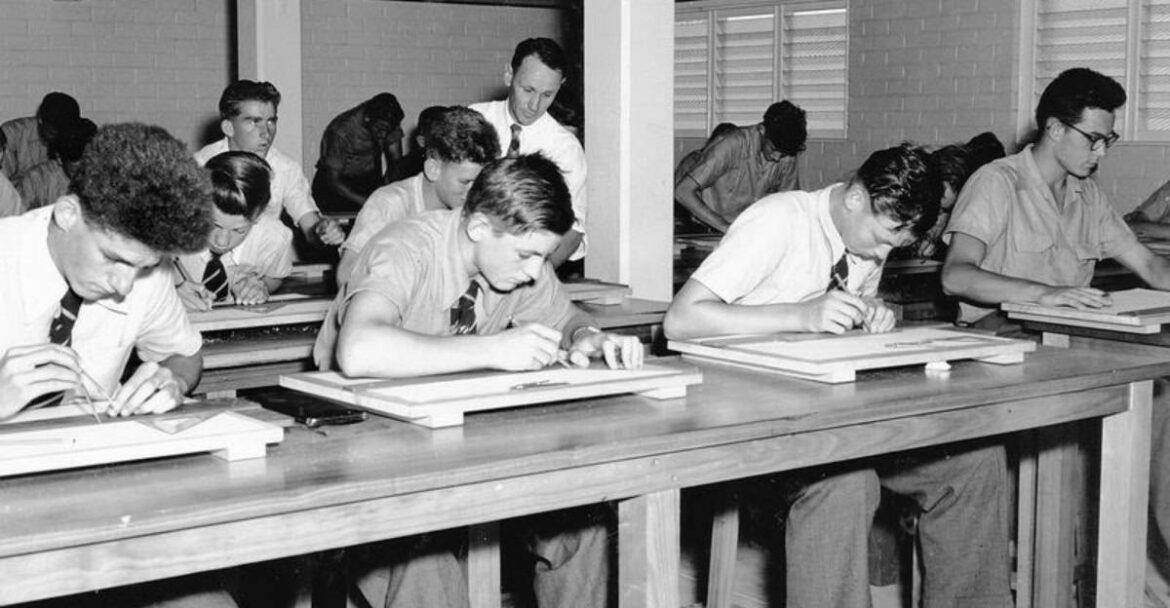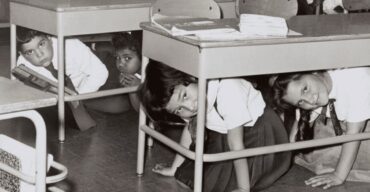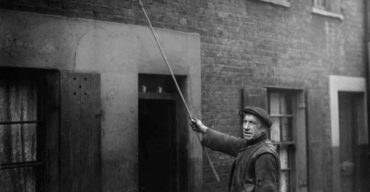The 1950s was a decade with a distinctive approach to education. Schools were strict, and rules were followed to the letter.
Kids in this era navigated a world of rigid guidelines that shaped their daily school life.
Let’s explore some of these standard yet weird rules of the past.
1. If You Fail One Class You Fail the Whole Year
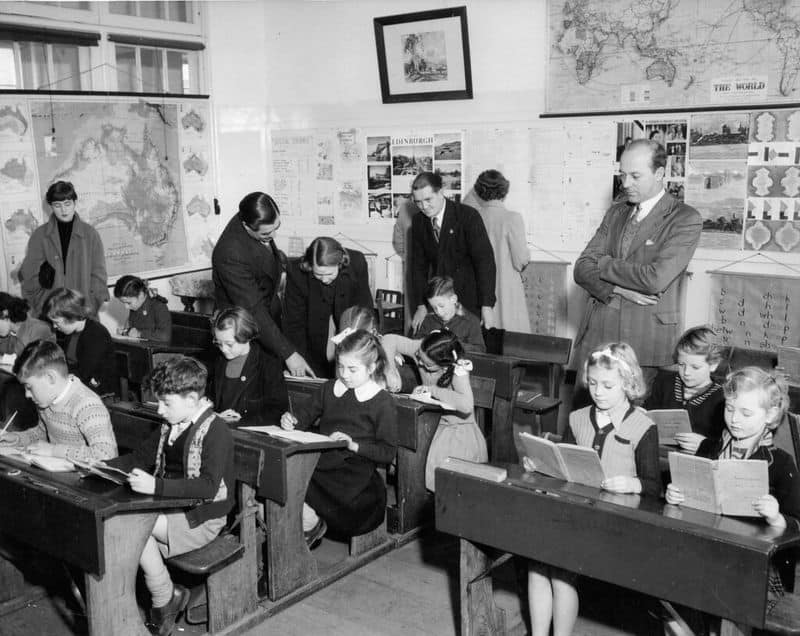
Failing a class back in the 50s was a serious affair. Unlike today, where retakes and make-up assignments are an option, flunking one subject meant repeating the entire grade.
This rule taught kids the importance of consistency. They learned early on that one slip could set them back a whole year. Parents often had high expectations, and children felt the pressure to succeed.
The fear of failing became a motivational factor, pushing students to excel. In a way, this rule instilled a sense of responsibility and encouraged students to maintain a balanced effort across all subjects.
2. Walking Single File in the Halls
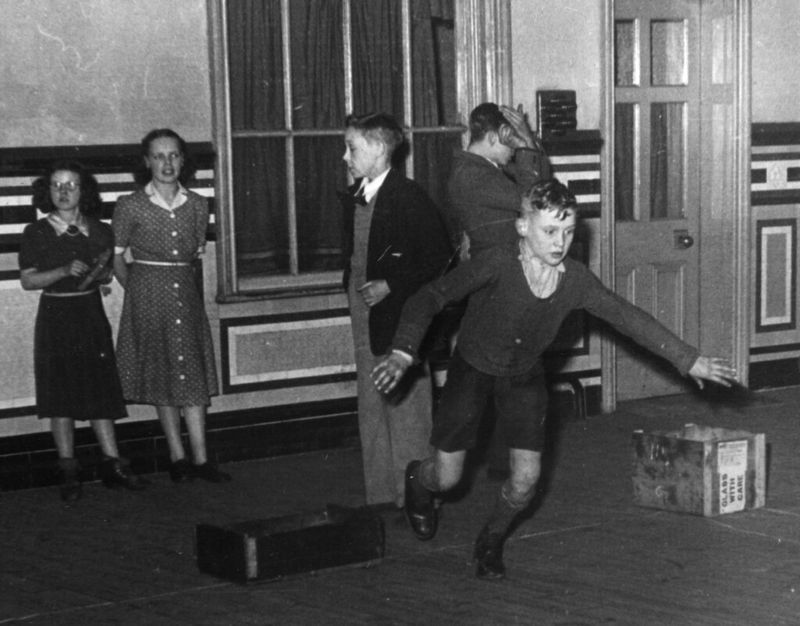
Navigating the school halls wasn’t as free-spirited as it is today. Students were expected to walk in single file, maintaining order and discipline.
This rule prevented chaos and ensured safety, especially during emergencies. It also taught the children patience and respect for personal space. Teachers stood like sentinels, watching over the lines with hawk-like precision.
The single file approach gave the school a military-like atmosphere. While rigid, it highlighted the importance of discipline and organization.
Even today, many schools adopt this practice to manage large groups efficiently.
3. Girls Weren’t Allowed to Wear Pants
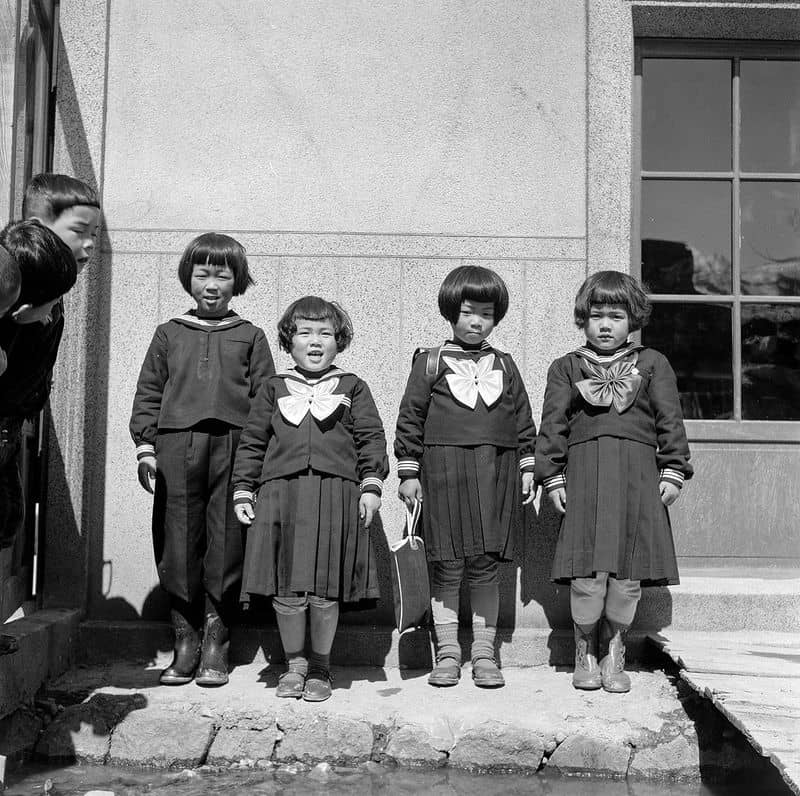
Fashion rules in the 50s schools were quite strict, especially for girls. Dresses and skirts were the norm, reflecting societal expectations of the era.
Pants were for boys, and girls had to adhere to this gender-specific dress code. This rule reinforced traditional gender roles prevalent at the time. Despite the restrictions, girls found ways to express individuality through colors and patterns.
The rule also meant girls had to be mindful of their movements, adding a layer of decorum to their conduct. Although outdated now, it’s an intriguing glimpse into past societal norms.
4. High Neck Tops Were a Must
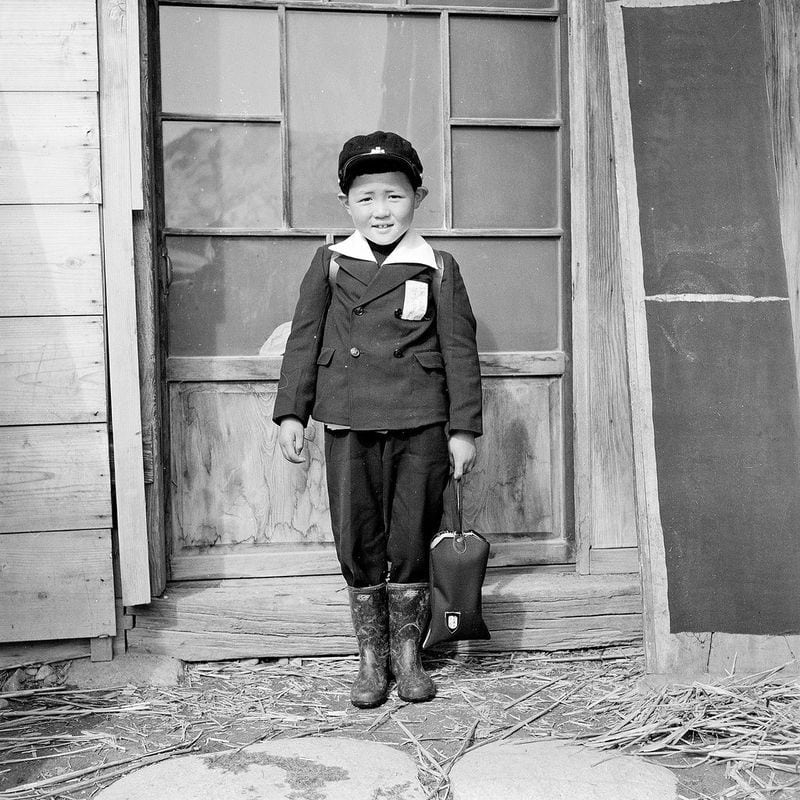
Modesty was key in the 1950s, and high neck tops were part of the dress code. Schools emphasized conservative attire, believing it promoted respectability.
This rule applied to both boys and girls, minimizing distractions and maintaining focus on studies. High neck tops became symbolic of the era’s conservative values.
The fashion choice reflected broader societal norms and the influence of post-war austerity. Though restrictive, it encouraged children to value neatness.
Looking back, these clothing rules offer insight into the era’s cultural context, showcasing how educational environments mirrored broader social mores.
5. Boys Pants Had to Go Down to the Ankle
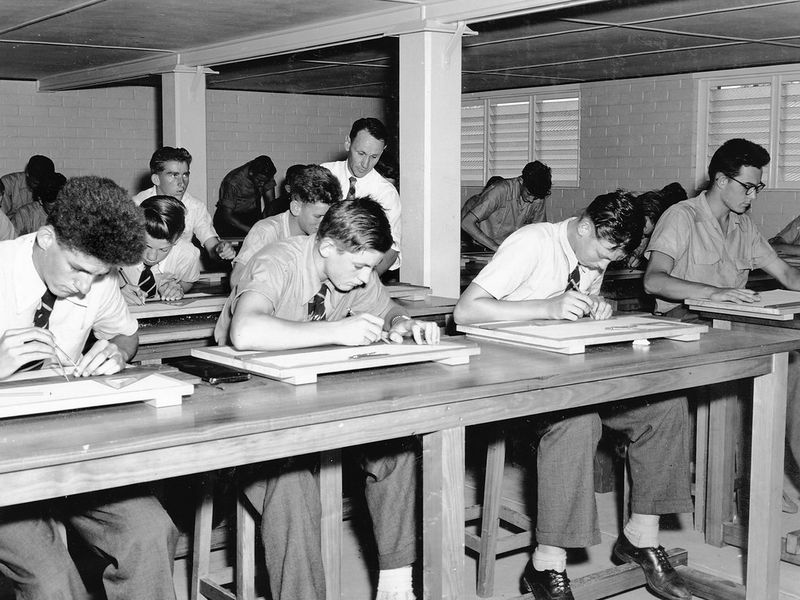
In the 50s, boys’ attire was as regulated as girls’. Pants had to reach the ankles, ensuring a formal look. Short pants were deemed too casual for the classroom environment.
This rule reinforced the expectation of dressing appropriately for educational settings. It instilled a sense of decorum and respectability among the students.
Boys learned to take pride in their appearance, which translated into a broader sense of self-respect. The emphasis on formal attire was a reflection of the era’s values.
Today, while fashion norms are relaxed, the importance of appropriate dressing remains.
6. Standing Up Whenever the Teacher Enters The Room
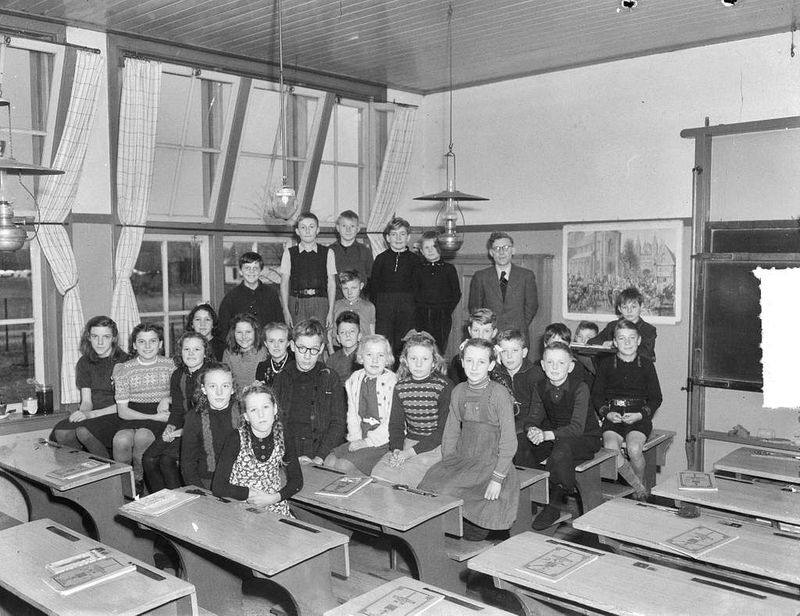
Respect for authority was paramount in the 1950s, and students stood up as a sign of deference when a teacher entered the room. This rule taught children to acknowledge and respect their elders.
Standing up was a gesture that emphasized the importance of hierarchy and authority in the educational system. It also instilled discipline as students had to be attentive to the teacher’s presence.
Even though it’s less common now, this practice highlighted the era’s emphasis on courtesy. Teaching respect and politeness was central to the educational philosophy of the time.
7. ‘Getting the Cane’ Was Normal
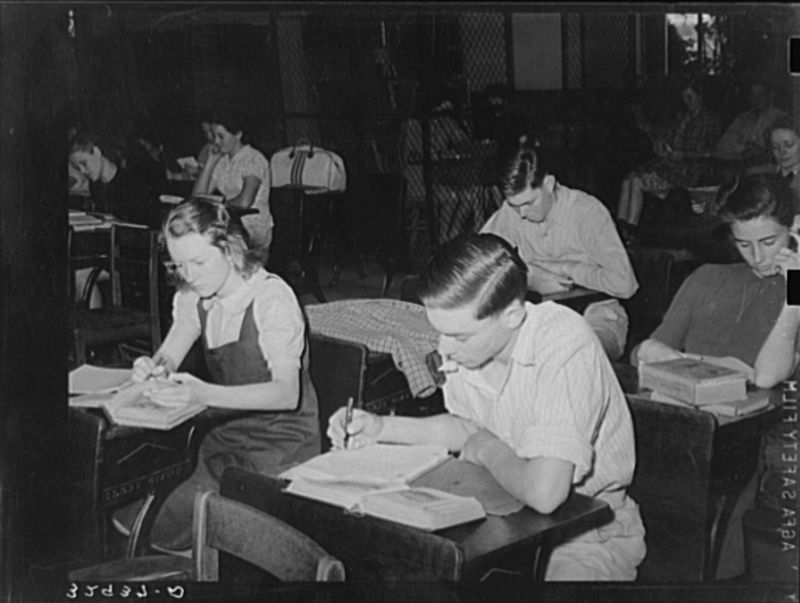
Corporal punishment was a common disciplinary method in the 50s. ‘Getting the cane’ was considered a normal consequence for misbehavior.
While harsh by today’s standards, it was believed to instill discipline and deter misconduct. The mere presence of the cane was often enough to ensure compliance among students.
It represented the authority teachers held and was a reminder of the consequences of stepping out of line. Although controversial now, this rule reflects the strict discipline prevalent in that era.
Understanding this context helps to appreciate the evolution of disciplinary methods in education.
8. No Talking In the Halls
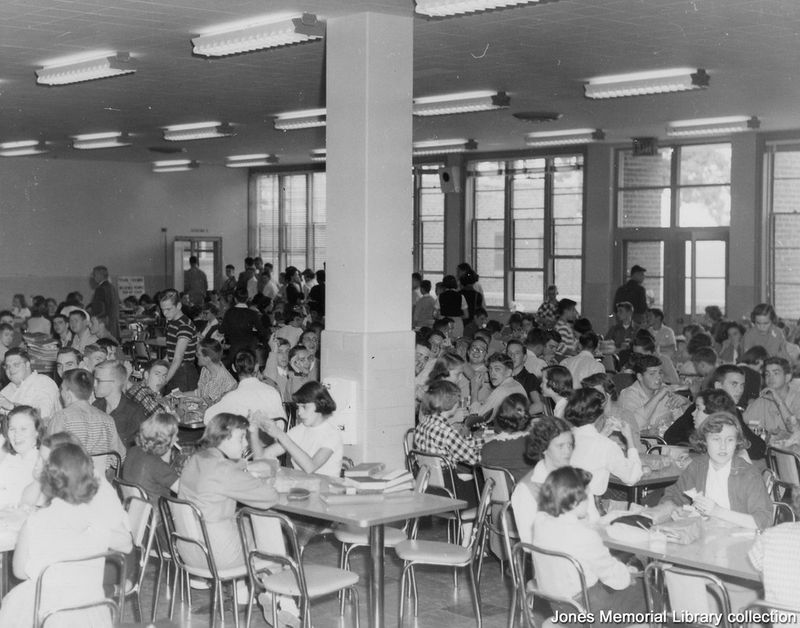
Silence was golden in the 50s school halls. The rule of ‘no talking’ was strictly enforced to maintain order and focus. This regulation aimed to minimize distractions and ensure a smooth transition between classes.
It taught students the value of silence and concentration. Teachers monitored the halls, ensuring compliance with this quietude mandate. While it may seem excessive now, the rule served a practical purpose in maintaining discipline.
The emphasis on silence highlighted the era’s focus on orderly conduct. Reflecting on these practices sheds light on changing attitudes toward communication within educational institutions.
